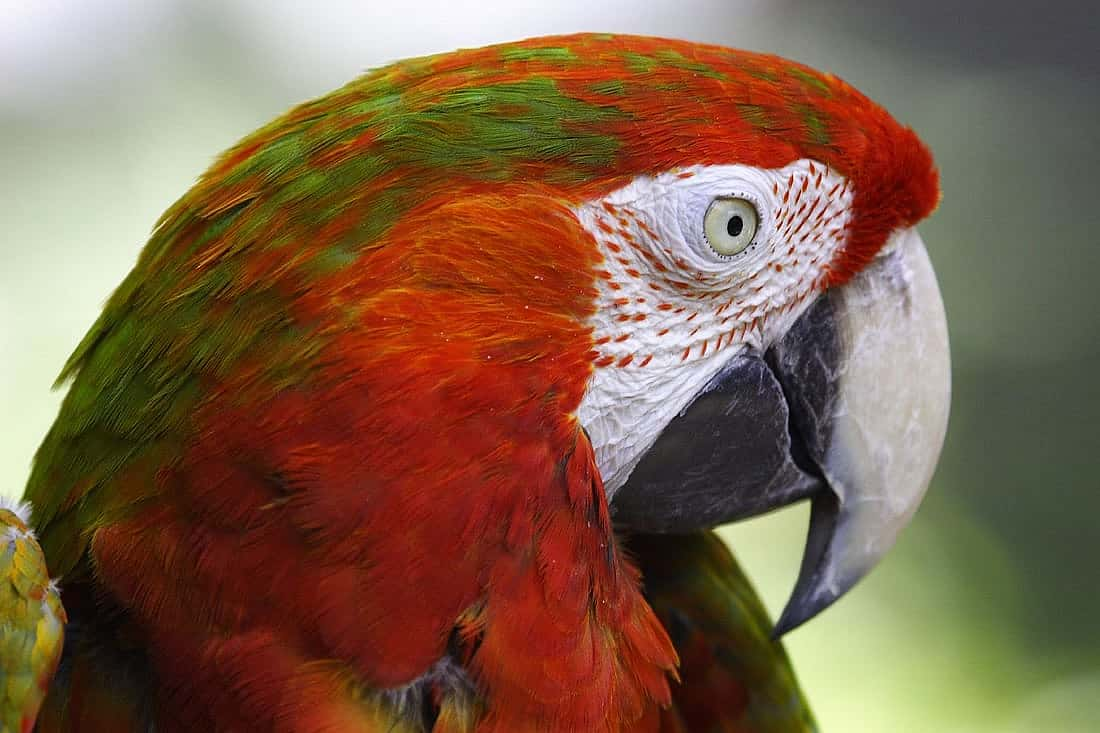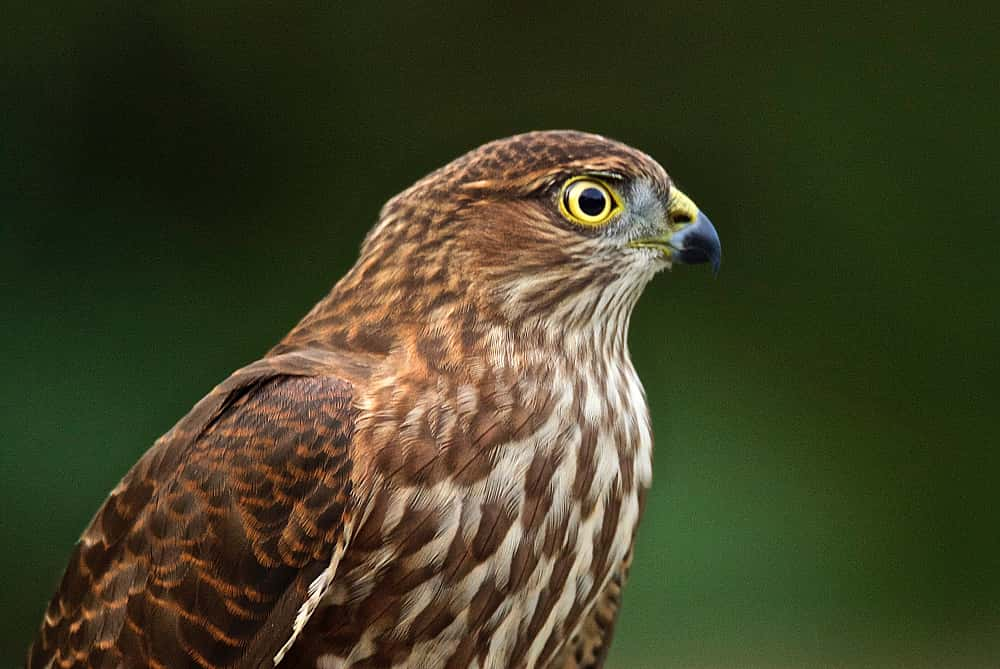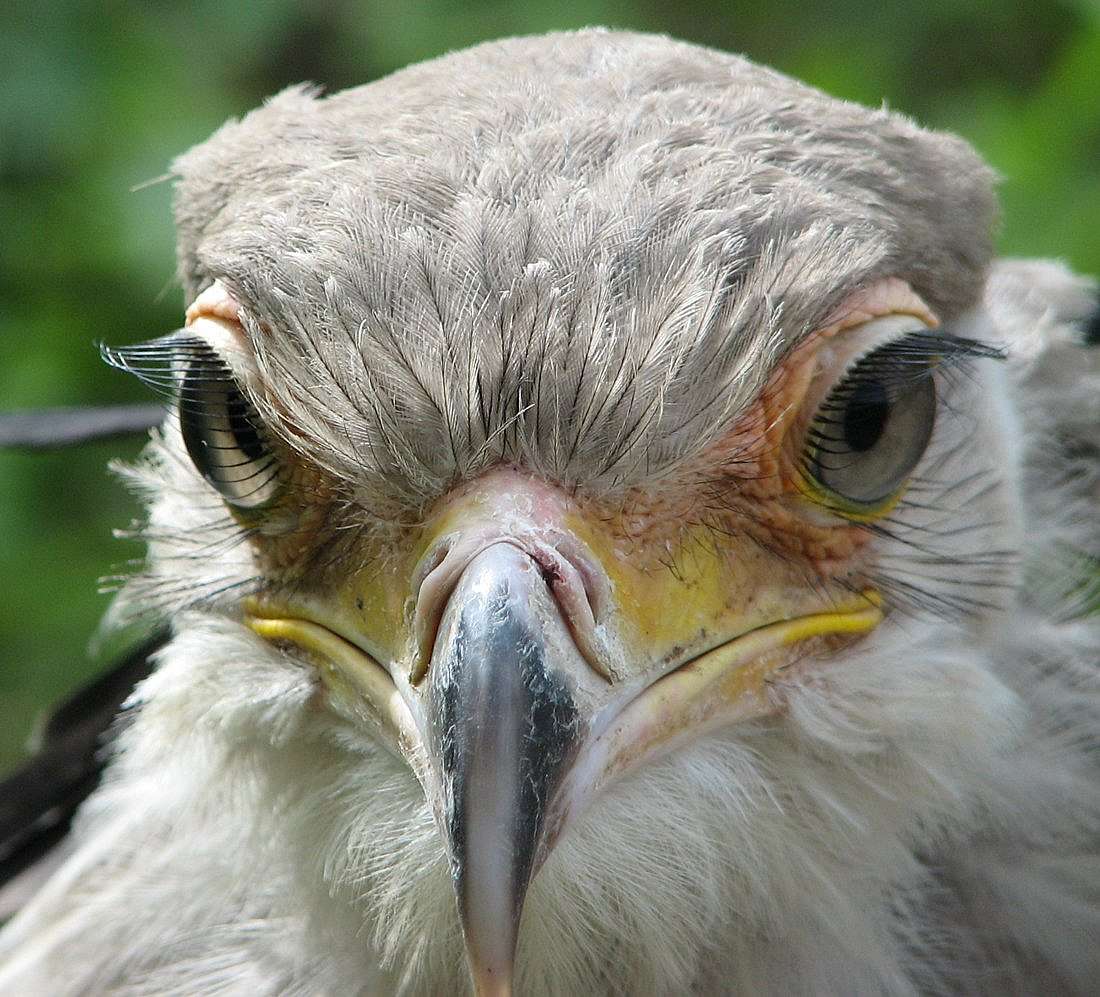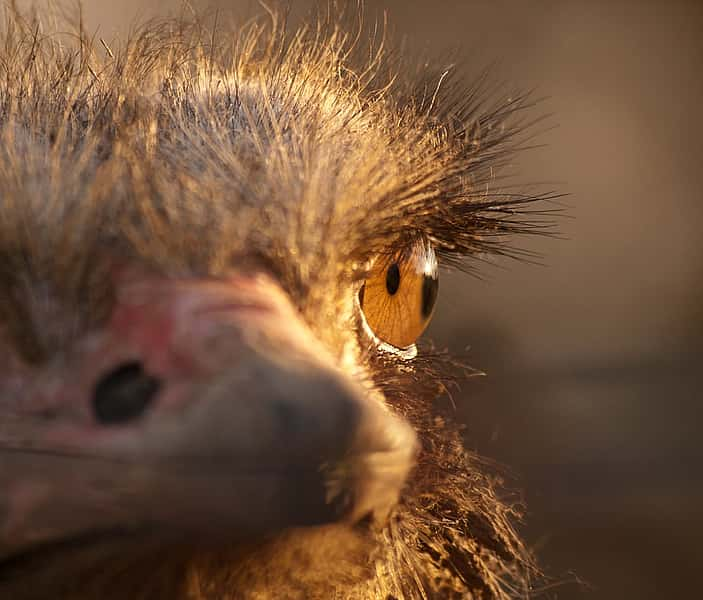
Eye Color and Eyelashes of Birds
The eyes of birds vary greatly in iris colorations. Interestingly, the eye color in some species changes, thus making it possible to identify stages in a bird’s life. The cause of changes in eye color within one species is not well understood. However, it is widely believed that changes in coloration are likely due to hormonal influences.
Along with eye color, eyes in some species may be outlined with eyelashes, while in many others they are not.
Eye Color is More Varied in Birds than Humans
Many bird species have more pigment coloration in their eyes than humans. As a result they have a wide range of eye color varying from black to brown, reds and oranges, yellows, blues, greens, and even white.
Moreover, color may vary within a single species. This variance may occur with breeding season, age, or even a bird’s sex. For example, the eyes of Double-crested Cormorants may turn to a gorgeous teal-blue color during breeding season. The eyes of Sharp-shinned and Cooper’s Hawks change from yellow to red as they mature. Female Boat-tailed Grackles and Brewer’s Blackbirds have dark eyes but the males have bright yellowish or greenish-white eyes.
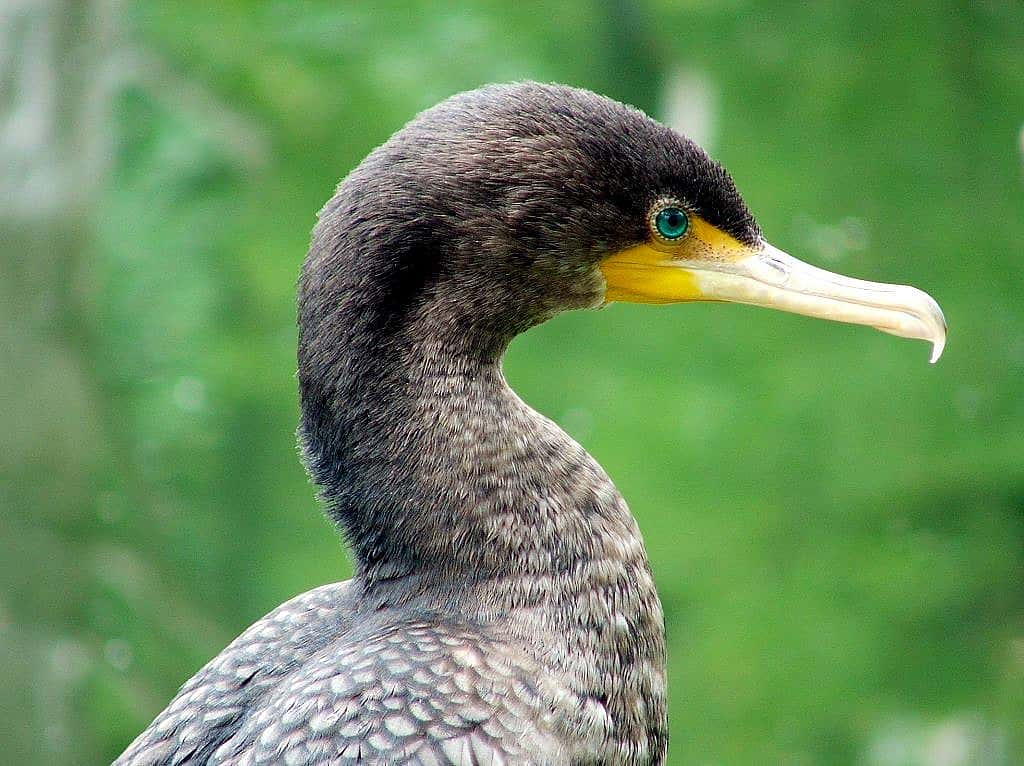
What Types of Birds Have Eye Color Changes as
They Mature?
Color changes due to age can be found in a wide variety of birds. Examples include many raptors, woodpeckers, ducks, gulls, loons, pheasants, grebes, thrushes, blackbirds, and vireos. Why this happens and for what purpose is not currently understood. However, it is thought the eye color changes that develop as a bird ages may help some species to identify the maturity of potential mates.

Eyelashes and Research
Although many birds have no eyelashes some have very long eyelashes, and others may have short ones. Human eyelashes are modified hairs while a bird’s eyelashes are modified feathers.

There has been very little research on the eyelashes of birds, however the Cornell Museum of Vertebrates is currently analyzing eyelashes using the museum’s bird collection. Cornell University undergraduate student Kai Victor, the museum curator Vanya Rohwer, and others are surveying hundreds of the museum’s specimens. So far they have found at least one species in 28 of the 205 bird families they have examined have eyelashes. In general, they are discovering most species with eyelashes seem to be larger in size, nonaquatic, and nonmigratory.
What Purpose Do Eyelashes Serve?
It is thought that birds’ eyelashes, like our own, are used for protecting the eye. This protection may help to keep debris and dirt out of their eyes while flying, running, or digging.
As an enjoyable summary watch this short video on mammal and bird eyelashes.
Photos
Ostrich by William Warby, Attribution 2.0 License Generic License
Parrot with white eye, Stuart Richards, Attribution-NoDerivs 2.0 generic license
Cormorant Eye, Timothy K Hamilton, Attribution-NonCommercial-NoDerivs 2.0 Generic license
Immature Sharp-shinned Hawk by Jerry McFarland, Attribution-NonCommercial 2.0 Generic License
Adult Sharp-shinned Hawk photos by author Anne, Attribution-NoDerivs license, https://www.flickr.com/photos/157982666@N07/albums/72157688260862285
Suli, the Draper Museum Raptor Experience’s Turkey Vulture by author Anne Hay, https://centerofthewest.org/author/anneh/
Secretary Bird by Karen, Attribution-NonCommercial-NoDerivs 2.0 Generic License
Written By
Anne Hay
Anne Hay has a Bachelor's degree in Elementary Education and a Master's in Computers in Education. She spent most of her working years teaching third grade at Livingston School in Cody, Wyoming. After retiring she began doing a variety of volunteer work for the Buffalo Bill Center of the West’s Draper Natural History Museum. Anne loves nature and has a concern for the environment. She believes that educating the public, so that they will have a better understanding and appreciation for the natural world, is very important. Because of this belief, volunteering at the Center is a perfect fit. She spends time in the Draper Lab, observing eagle nests for Dr. Charles Preston’s long-term research project on nesting golden eagles, writing observation reports of raptor sightings in the Bighorn Basin, and working with the Draper Museum Raptor Experience. Anne states that, “Having a bird on my glove, is one of my all time favorite things in life.”

